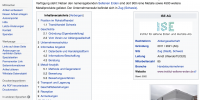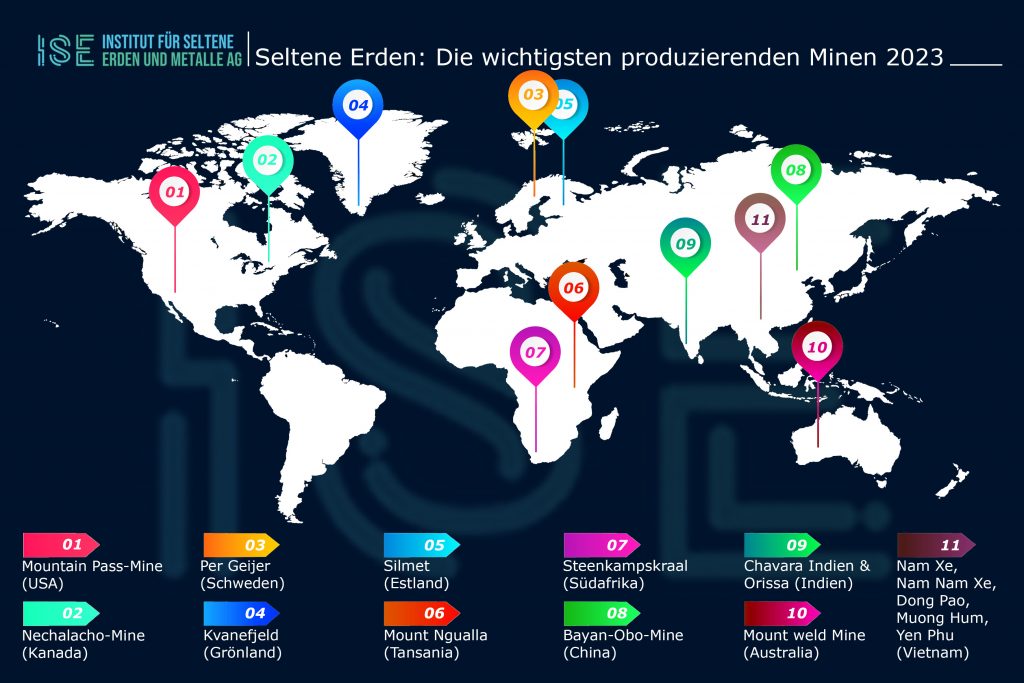Substitution of rare earths using nanotechnology
The demand for more efficient materials is growing rapidly. As many raw materials are scarce, Siemens experts are also working on strategies for their substitution - for example, using nanotechnology.
Green products are on the rise, such as permanent magnets for generators in wind turbines. They are based on rare earth metals, a group of elements in the periodic table, such as neodymium, praseodymium and dysprosium.
When optimally combined, their energy product, the measure of the storable magnetic energy, reaches over 400 kilojoules per cubic meter (kJ / m3). This is such a high value that magnetic systems based on them can be made substantially smaller or equipped with significantly higher magnetic energies compared to conventional magnetic materials.
Many high-tech products such as electric motors, mobile phones, lasers or LCD televisions rely on rare earths. For example, electric machines can be operated either with two coil systems or with a coil and a permanent magnet. Synchronous machines equipped with permanent magnets represent a special class of electric motors or generators. They can lead to significant weight savings in wind turbines.
"With conventional materials such as iron and copper, however, a high weight must be accepted," explains Dr. med. Gotthard Rieger, Head of Research "Material Substitution and Recycling" at Siemens Corporate Technology (CT). Much more elegant is it to equip the external rotor of such a turbine, which is responsible for "tapping" the rotational energy, with thin neodymium-iron-boron magnets, which induce the electric field in the coils.
In conventional design, a massive transmission in wind turbines converts the relatively slow revolution into a fast one, which then generates electricity in the generator. The new concepts, on the other hand, envisage the use of permanent magnets based on rare earths to generate electricity directly from the slow rotation. The benefits: The gearbox is eliminated, it saves weight, and also the maintenance costs are reduced, which benefits in particular the offshore sector.
Such gearless turbines from Siemens already exist for a three megawatt and also for an 6 MW system. But as it is already clear today that rare earths are scarce, Siemens launched a project for novel high-performance permanent magnets - without the valuable scarce metals. For example, the direct-drive wind turbines will be able to do without any rare earths (dysprosium) in the medium term. Already today, the share could be reduced to 1%.
The solution is called nanotechnology. One concept in this project is to design engines completely without Rare Earths. Today there are permanent magnets based on iron oxides with additions of other oxides.
The problem: These sintered ceramic magnets have, without further pretreatment, on average a ten times smaller energy product than rare-earth magnets. They are therefore not applicable in many engine and generator applications.
In order to do without rare earths, a Siemens team is working on a novel material based on an iron-cobalt compound, in which nanometer-sized magnetic rods are fixed in a matrix like a string of pearls. "From such nanostructures we could specifically produce an optimized permanent magnet and create an alternative to rare earths in the longer term," Rieger believes.
At Siemens in Munich there is a first laboratory setup to synthesize and investigate such new magnetic materials. "In principle, iron is an excellent magnetic material," argues the expert Rieger. Whether the energy product of these materials could reach or surpass that of the rare-earth magnets can not be foreseen at the present time.
* Dr. Rolf Froböse is a German chemist, science journalist and author
Source: www.elektronikpraxis.vogel.de





